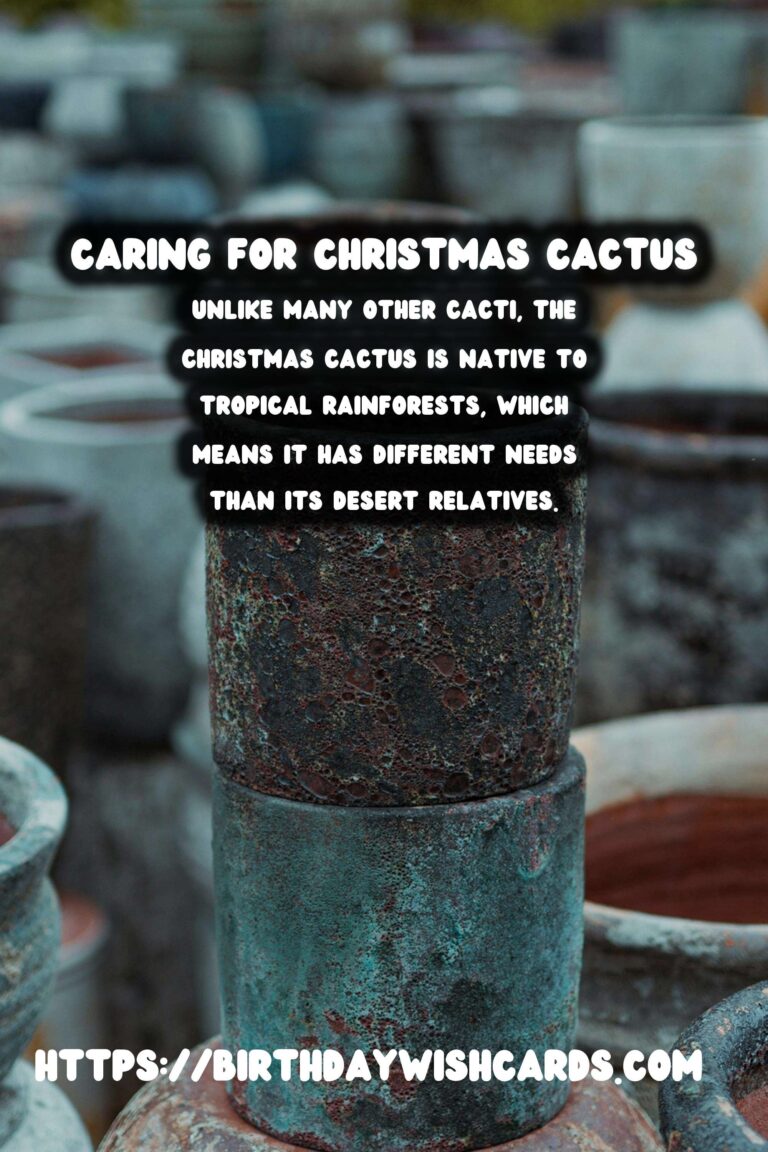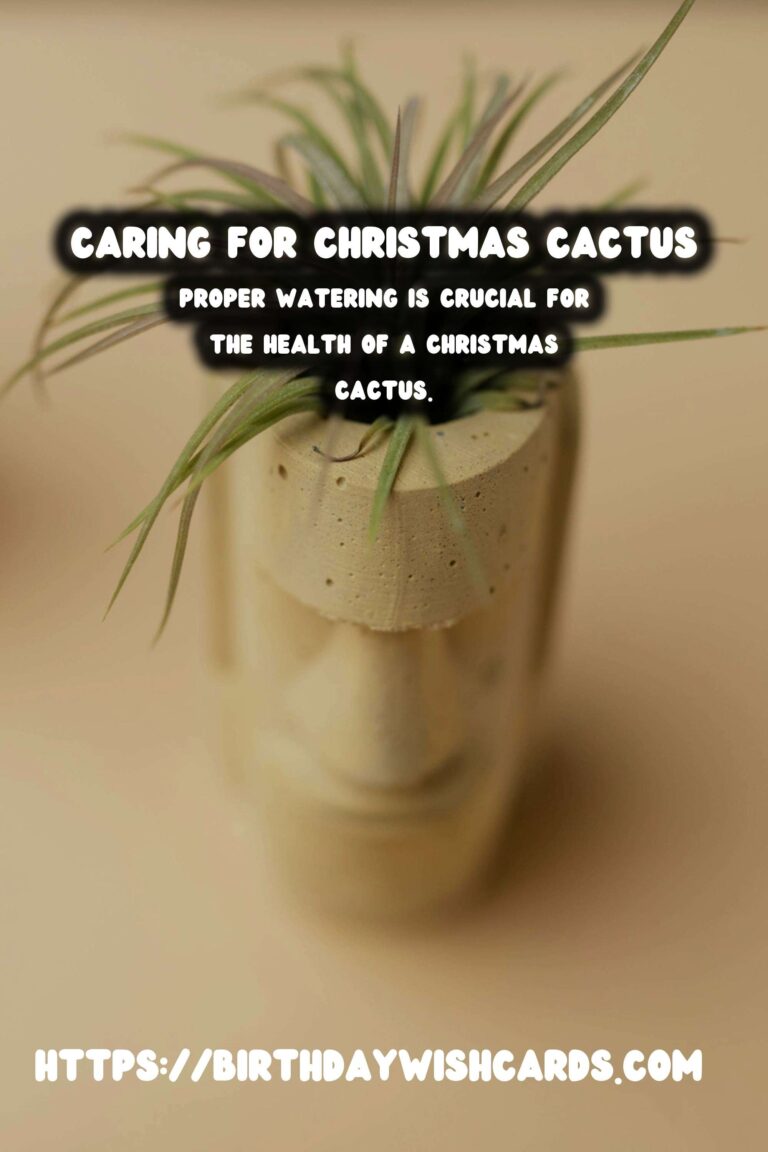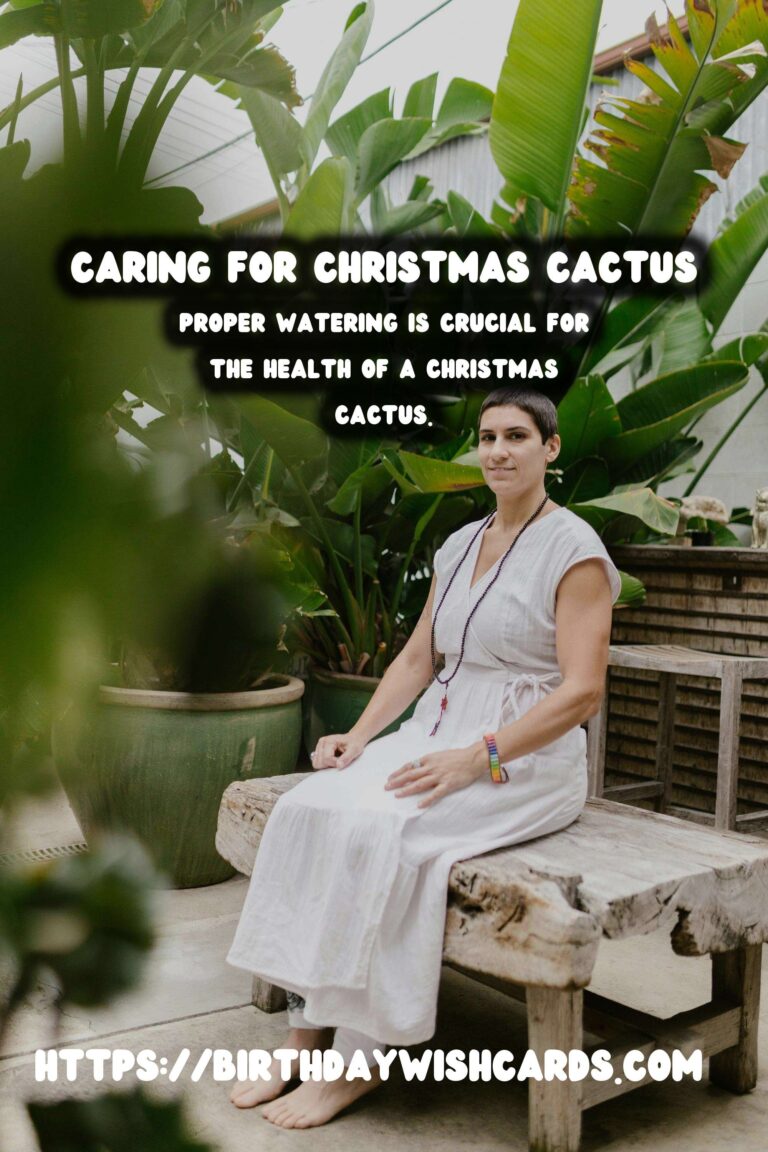
The Christmas Cactus is a popular houseplant known for its beautiful blooms that typically appear around the holiday season. To keep this plant thriving and ensure it blooms each year, it is important to understand its specific care requirements. Unlike many other cacti, the Christmas Cactus is native to tropical rainforests, which means it has different needs than its desert relatives.
Understanding the Christmas Cactus
The Christmas Cactus, or Schlumbergera, originates from the coastal mountains of southeastern Brazil. It is a member of the cactus family Cactaceae, but unlike most cacti, it thrives in a humid environment. The plant features flat, leaf-like segments and produces colorful blooms in shades of pink, red, purple, and white.
Optimal Growing Conditions
To ensure your Christmas Cactus blooms beautifully, it is crucial to provide the right growing conditions. Here are the key factors to consider:
Light
Christmas Cacti prefer bright, indirect light. Direct sunlight can cause the leaves to burn, so it’s best to place them near a north or east-facing window. If natural light is insufficient, consider using a grow light to supplement the plant’s needs.
Temperature
These plants thrive in temperatures between 60-70°F (15-21°C). During the blooming period, keeping the temperature slightly cooler at night, around 55°F (13°C), can encourage more prolific flowering.
Humidity
Unlike desert cacti, Christmas Cacti prefer higher humidity levels. To maintain the necessary humidity, consider placing a tray of water near the plant or using a humidifier. Mist the leaves occasionally to mimic their natural environment.
Watering and Fertilization
Proper watering is crucial for the health of a Christmas Cactus. These plants prefer to be kept evenly moist, but overwatering can lead to root rot. Water the plant when the top inch of soil feels dry, and reduce watering during the fall and winter months to encourage blooming.
Fertilize your Christmas Cactus monthly during the growing season with a balanced, water-soluble fertilizer. Stop fertilizing in late summer to help initiate the blooming process.
Encouraging Blooms
To encourage your Christmas Cactus to bloom, you need to simulate its natural environment. This involves providing a period of darkness and cooler temperatures for about six weeks before the holiday season. Keep the plant in a dark room or cover it at night to ensure 12-14 hours of darkness.
Pruning and Repotting
Pruning your Christmas Cactus can help maintain its shape and promote bushier growth. After the blooming period, trim back the segments by pinching them off at the joints. Repotting should be done every 2-3 years, preferably in spring, using a well-draining potting mix.
Common Problems and Solutions
Like any plant, the Christmas Cactus can face several issues. Common problems include:
Bud Drop
This can occur due to sudden changes in temperature, drafts, or inconsistent watering. Ensure a stable environment and proper care to prevent this issue.
Pests
Pests such as mealybugs and spider mites may occasionally infest Christmas Cacti. Treat infestations with insecticidal soap or neem oil and maintain good plant hygiene.
With proper care, your Christmas Cactus can be a vibrant and beautiful addition to your home, providing delightful blooms year after year.
The Christmas Cactus is a popular houseplant known for its beautiful blooms that typically appear around the holiday season. Unlike many other cacti, the Christmas Cactus is native to tropical rainforests, which means it has different needs than its desert relatives. To ensure your Christmas Cactus blooms beautifully, it is crucial to provide the right growing conditions. These plants thrive in temperatures between 60-70°F (15-21°C). Proper watering is crucial for the health of a Christmas Cactus. To encourage your Christmas Cactus to bloom, you need to simulate its natural environment. 









#ChristmasCactus #PlantCare #GardeningTips #Houseplants




